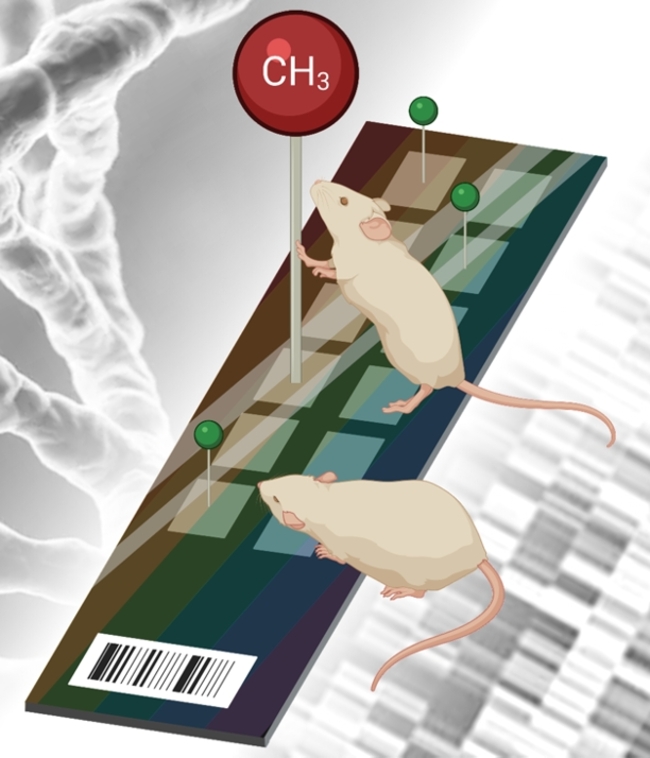Proven an easy way to study the mouse epigenome
Researchers from the Josep Careras Leukaemia Research Institute led by dr. Manel Esteller, have shown that a new microarray platform allows large-scale analysis of the mouse epigenome, one of the key animal models in leukemia research. The new tool is useful in both fresh and stored samples, opening the door to retrospective studies. The results of research in mice are of great importance to anticipate the safety of new drugs and may serve to open new treatment approaches for human diseases such as leukemia and lymphomas.

A new microarray platform will allow the large-scale epigenetic analysis of the mouse genome, one of the key animal models in leukemia research. Researchers at the Josep Carreras Leukaemia Research Institute demonstrate that the new tool is useful in both fresh and preserved samples, opening the door to retrospective studies. The results of research in mice can open new therapeutic opportunities for human diseases, like leukemias and lymphomas. March 21, 2022. The laboratory mouse is an experimental model widely used in preclinical biomedical research. The efficacy of drugs and their possible adverse effects can be determined in this system, also having the capacity to mimic human diseases to understand the mechanisms of their appearance and identify treatments to combat them. For example, murine models of cancer, neurodegenerative and metabolic pathologies are widely studied in this model animal. In this sense, it should be reminded that every drug that is administered to a patient has undergone at least one control in the mouse.
However, there are aspects of mouse biology that are largely unknown to us such as its epigenetics (modifications upon the DNA controlling the cell’s availability of its own genetic information). Up until now, hundreds of global studies of the human epigenome have been developed, but to a lesser extent in the rodent. In an article published last week in the journal Epigenetics by the group of Dr. Manel Esteller, Director of the Josep Carreras Leukaemia Research Institute (IJC), ICREA Research Professor and Chairman of Genetics at the University of Barcelona, the researchers validate a new genomic platform that, in one shot, studies 285,000 epigenetic control points in the mouse genome, particularly DNA methylation sites.
“For human DNA, there are small chips called “microarrays” that allow us to study thousands of epigenetic switches in our genome easily, quickly and automatically. Until very recently these devices did not exist in the mouse and what we have done is check the effectiveness and versatility of the first prototype designed for this purpose”, states Dr. Esteller and adds that “the regulators of all the murine genes are inserted in this platform and, when mouse DNA is added, it shines red or green depending on their activation status.”
Researchers have verified the reliability of the new system by analyzing the same samples several times obtaining identical results and they have proven to be useful not only in fresh samples but also in archival specimens. The data also confirm that each mouse tissue and organ has its own epigenome that allows it to function in a specific manner despite the fact that all the cells in the specimen share the same genome.
The mouse epigenomic microarray also makes it possible to detect changes due to mutations in epigenetic genes or when DNA demethylating drugs are used and, according to Dr. Esteller, “this is important because both situations occur in patients with leukemia or lymphoma, so equivalencies of these mouse data can be transferred to human patients”, concludes the researcher.
Reference article:
Garcia-Prieto CA, Álvarez-Errico D, Musulen E, Bueno-Costa A, Vazquez BN, Vaquero A, Esteller M. Validation of a DNA methylation microarray for 285,000 CpG sites in the mouse genome. Epigenetics, doi.org/10.1080/15592294.2022.2053816, 2022.